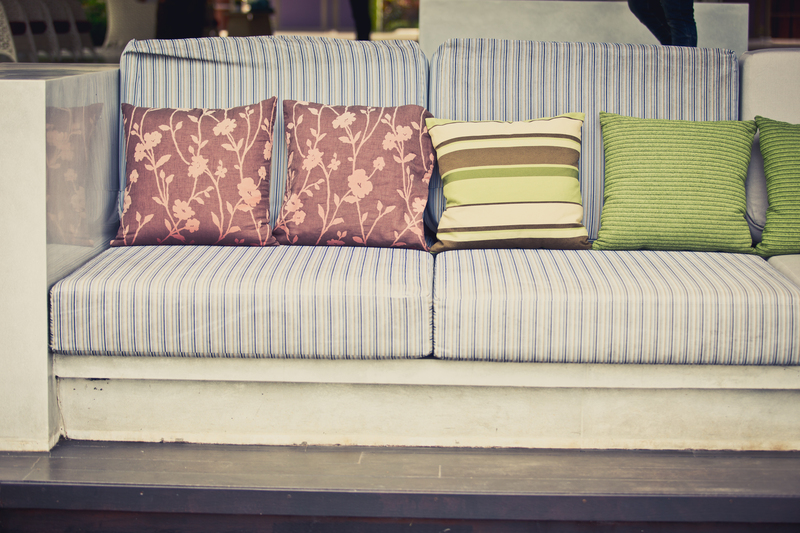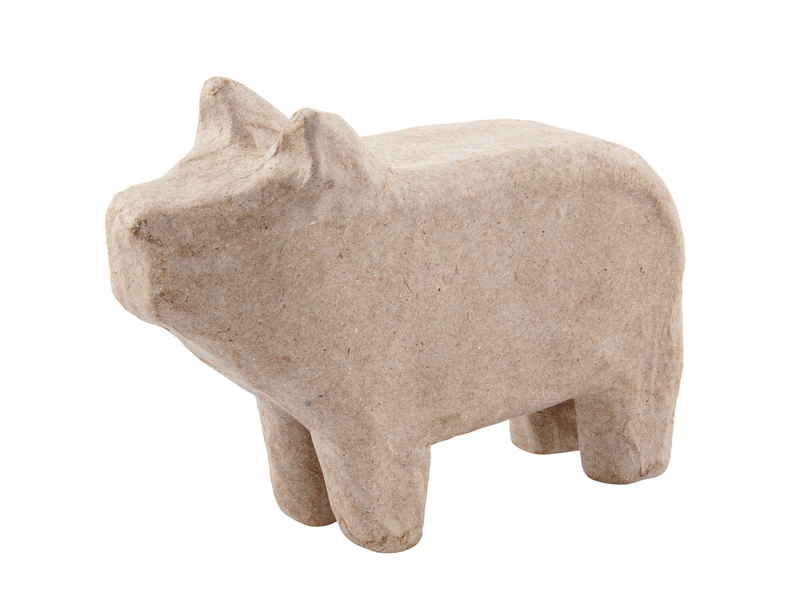Sustainable Disposal Options for Pots and Pans
With environmental concerns on the rise, consumers are paying closer attention to how everyday household items, such as pots and pans, are disposed of after their useful lives. Proper disposal is essential for reducing landfill waste, conserving natural resources, and minimizing pollution. In this comprehensive guide, we delve into the most responsible and sustainable ways to get rid of old cookware, ensuring your actions are aligned with eco-friendly living.

Why Sustainable Cookware Disposal Matters
Each year, millions of pots and pans end up in landfills, contributing to pollution and resource depletion. Traditional cookware can take centuries to decompose, especially nonstick varieties or those made with mixed materials. Adopting sustainable disposal options for pots and pans not only conserves resources but also supports a circular economy -- where products are reused, recycled, or safely broken down, rather than simply discarded.
Environmental Impact of Cookware Waste
- Landfill Overload: Metal cookware occupies space and adds unnecessary burden to growing landfills.
- Chemical Leaching: Nonstick pans may leach toxic chemicals into soil and water sources.
- Resource Wastage: Metals like aluminum and steel can be recycled endlessly, but are lost when cookware is trashed.
1. Recycling Old Pots and Pans
Recycling is one of the most environmentally responsible options for disposing of unwanted cookware. Most pots and pans are made from metals such as stainless steel, aluminum, or cast iron, which are in high demand at recycling centers.
How to Prepare Cookware for Recycling
- Clean the item thoroughly to remove any food residue or grease.
- Remove non-metal parts, such as plastic handles or glass lids, where possible.
- Contact your local recycling center or municipal waste facility to confirm that they accept cookware and to learn about any requirements.
- For nonstick pans, check for special instructions, as Teflon and similar coatings may not be accepted by all recyclers.
Where Can You Recycle Your Cookware?
- Scrap Metal Yards: Most metal pots and pans are accepted at scrap yards, which recycle and reuse the materials.
- Municipal Recycling Programs: Check with your city's curbside recycling program or drop-off centers.
- Manufacturer Take-Back Programs: Some companies, like Calphalon, offer recycling programs for their products--visit their websites for details.
Tips for Recycling Nonstick Cookware
Nonstick pots and pans present unique challenges due to their chemical coatings. If your local recycler won't accept these, consider mailing them to specialized recycling services or contacting the manufacturer for guidance.
2. Donating Usable Cookware
If your pots and pans are still functional, giving them a second life is better than recycling. Donation helps reduce demand for new products and supports those in need.
Best Places to Donate Pots and Pans
- Charitable Organizations: Goodwill, Salvation Army, and Habitat for Humanity often accept gently used cookware.
- Local Shelters: Homeless and domestic violence shelters may need extra kitchen supplies.
- Community Centers or Churches: Many community organizations organize kitchenware drives for low-income families.
- Online Platforms: Websites like Freecycle, Facebook Marketplace, and Craigslist allow you to give away items directly to individuals near you.
Tip: Before donating, ensure your cookware is in usable condition--no significant cracks or nonstick layers flaking off, and it must be clean.
3. Upcycling and Repurposing Cookware
Creative reuse is an increasingly popular method for sustainable cookware disposal. Many people find new and imaginative uses for old pots and pans around the home and garden.
Upcycling Ideas for Old Pots and Pans
- Plant Pots: Turn old saucepans and skillets into quirky planters for your indoor or outdoor garden.
- Storage Solutions: Use large pots to organize tools, art supplies, or even as unique buckets.
- Art Projects: Paint or decorate worn pans and hang them as wall art or use them in DIY crafts.
- Bird Feeders: Create hanging bird feeders from frying pans and colanders.
- Clock Faces: Convert round pans into functional and artistic wall clocks.
Upcycling reduces waste and adds personality to your living space while preserving the life of materials.
4. Selling Used Cookware
If your cookware is still in decent shape, consider selling it. This option not only prevents waste but also allows you to recoup some of your investment.
Where to Sell Your Pots and Pans
- Online Marketplaces: Platforms like eBay, Facebook Marketplace, Poshmark, and Mercari are great for selling used goods.
- Consignment Stores: Some specialty kitchen or thrift stores accept high-quality used cookware.
- Garage Sales: Host a yard sale and offer your unwanted pots and pans to local buyers.
Ensure that your items are clean, presentable, and honest about any wear or damage when listing them for sale.
5. Disposing of Non-Recyclable Cookware Safely
Some cookware, especially those with mixed materials or Teflon coatings, may not be recyclable. If no other option exists, it is crucial to dispose of such items as safely as possible.
How to Minimize Impact When Disposing
- Separate and recycle any metal parts that can be salvaged.
- Check with waste management providers for hazardous waste days or special disposal protocols for chemically coated pans.
- Never burn cookware, as this releases harmful chemicals into the air.
Note: Always prioritize recycling, donating, or upcycling before defaulting to landfill disposal. Proper sorting and preparation can extend the life of these materials.
6. Choosing Eco-Friendly Cookware
One of the best ways to ensure sustainable cookware disposal is to choose environmentally friendly options when buying new. Investing in durable, recyclable, and non-toxic cookware reduces future waste and simplifies end-of-life disposal.
Sustainable Materials for Pots and Pans
- Stainless Steel: Highly durable, recyclable, and free from chemical coatings.
- Cast Iron: Long-lasting, easy to refurbish or repurpose, and completely recyclable.
- Ceramic: Non-toxic if uncoated and can often be ground down for reuse.
- Uncoated Aluminum: Lightweight, recyclable, and commonly accepted at recycling centers.
When shopping, look for brands committed to sustainability, offering recycling programs, or using recycled content in their products.
Features to Avoid for Easier Disposal
- Non-removable handles or lids made from mixed materials.
- Nonstick coatings containing PFAS, PFOA, or other persistent chemicals.
- Composite materials that are hard to recycle.

Frequently Asked Questions About Sustainable Cookware Disposal
Can nonstick pans be recycled?
Nonstick cookware can sometimes be recycled, but many facilities will not accept them due to chemical coatings. It's best to remove any plastic or rubber parts and consult with your local recycling center. Some manufacturers offer take-back programs for nonstick pans.
Is it safe to donate old pots and pans?
Yes, as long as the cookware is still functional and not excessively worn. Heavily damaged or chipped pans should be recycled or upcycled instead of donated.
What is the most sustainable option for disposing of cookware?
The order of sustainability is typically: reuse/donate, upcycle, recycle, then dispose as a last resort. The more you can keep items in use, the better for the planet.
Conclusion: Making Sustainable Choices for Pot and Pan Disposal
Disposing of old pots and pans doesn't have to contribute to growing landfills or environmental hazards. With a little research and effort, you can minimize your carbon footprint and support a healthier planet by selecting the most sustainable disposal options for pots and pans. Whether recycling, donating, selling, or upcycling, every action counts. Remember, the best way to reduce waste is to buy smart, care for your cookware properly, and choose responsible disposal options when the time comes. Make sustainability a key ingredient in your kitchen!